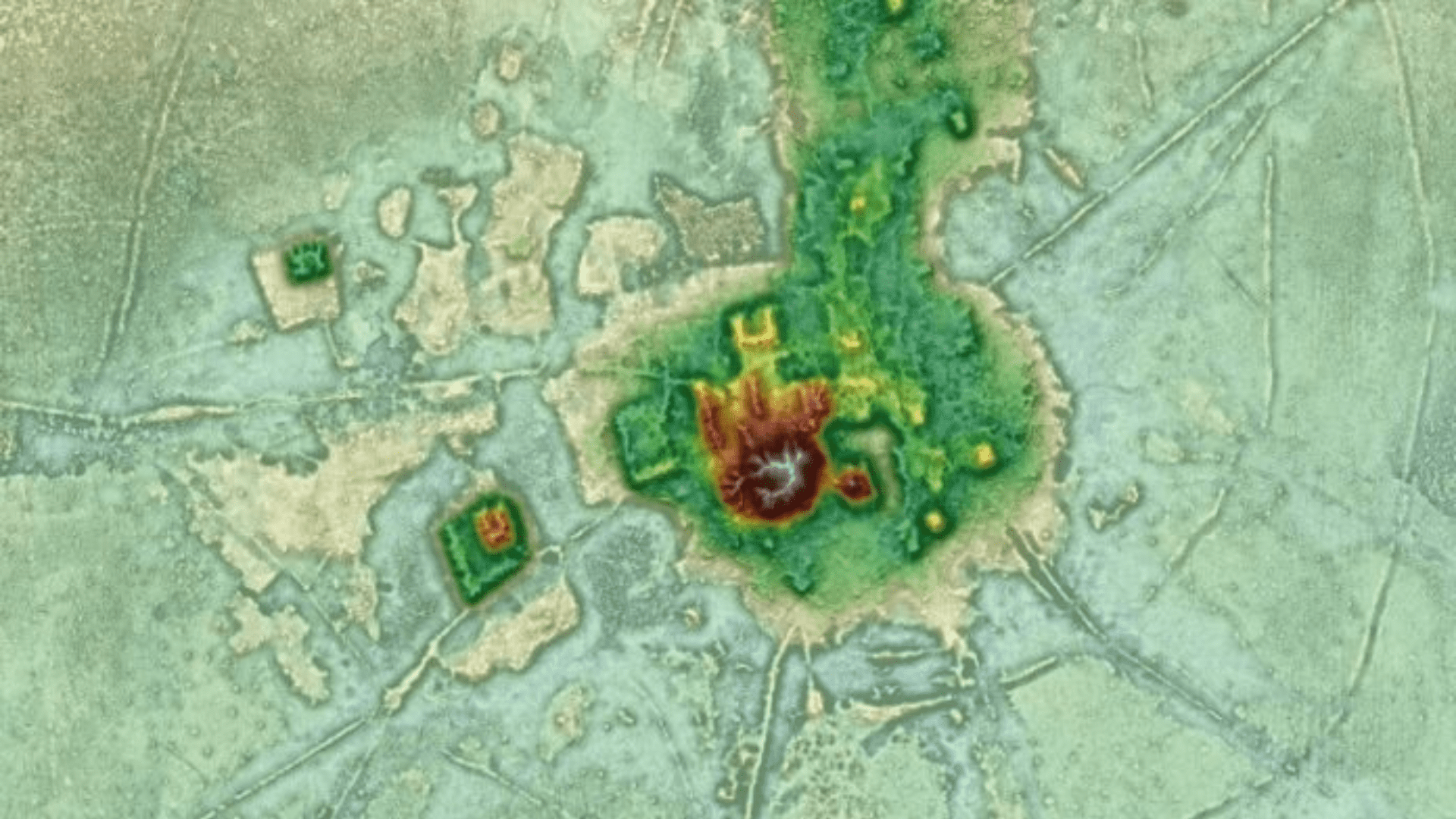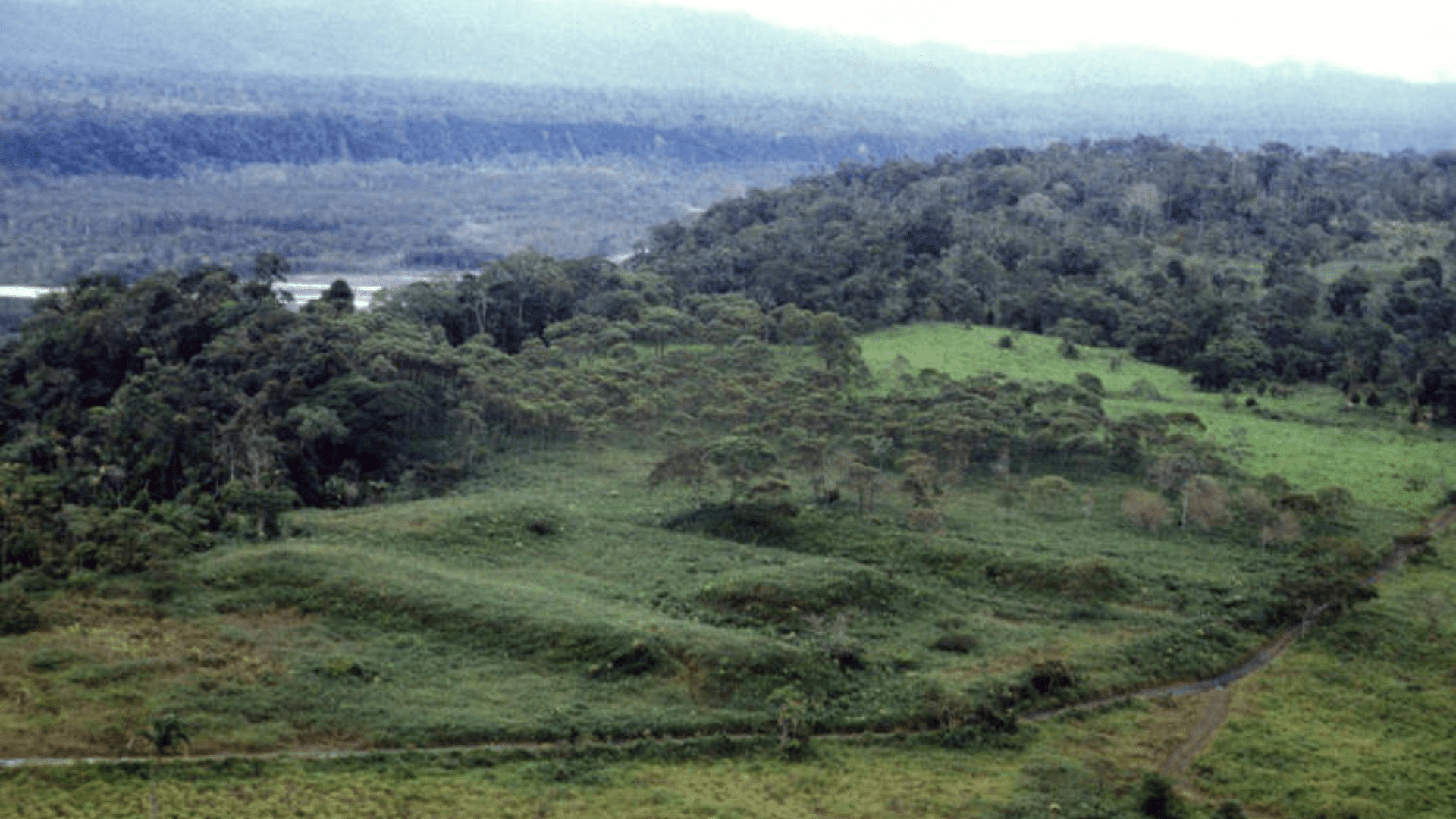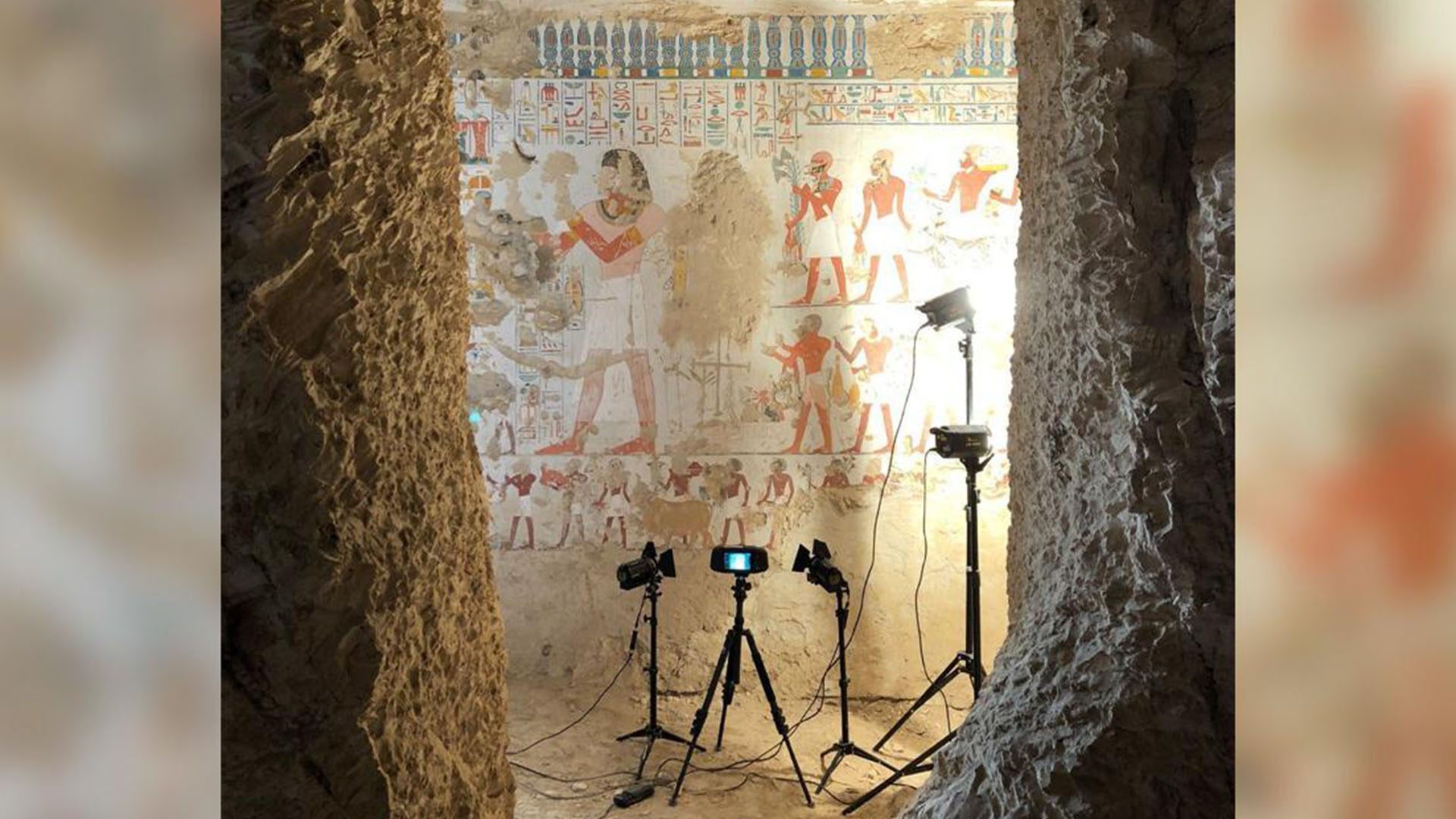It’s a vast land in the depths of the Amazon Rain Forest. Deep in the jungle are remnants of an expansive ancient city and civilization that is estimated to be 2,500 years old. Researchers made the discovery using laser technology to scan the area.
Laser Mapping Technology

Using LiDAR, light detecting and ranging, a team of researchers from France’s National Center for Scientific Research (CNRS) performed an in-depth examination of the covered land in the Upano Valley of Amazonian Ecuador. Under the trees and foliage are intricate roadways, platforms, and paths. The laser imagery helps uncover a civilization that resembles the work of the Mayan civilization in Central America.

With the help of laser mapping technology, researchers discovered 6,000 human-made earthen platforms and structures. Without the use of laser mapping, researchers possibly wouldn’t see the intricacies buried deep under the lush greenery of the Amazon.
A Two-Decade Search
This is not the initial discovery of the ancient ruins in the Amazon. Over two decades ago an archaeologist from CNRS, Stéphen Rostain, first spotted the city’s remnants. Fast forward to now, the LiDAR technology made it possible to get a glimpse through the thick forest. In the thick forest is what Rostain could not see. The previously unknown structures sit in Amazonian Ecuador’s Upano Valley, located in the eastern foothills of the Andes.
Because of the laser technology, researchers can see the impressive footpaths and roads connecting the 6,000 thousand uncovered structures across 115 square miles. In addition, the LiDAR technology found 15 separate living areas inside the structures. Because of an examination of the many paths and roads, researchers predict the ruins are from 500 BCE and 300 to 600 CE.
The location looks into what possibly made the society decline as it sits in the eastern area of Ecuador that lies under the impact of a volcano. In the study that was published from the findings, it suggests that the population of the ancient civilization was around 10,000 possibly up to 100,000. Rostain says, “I have explored the site many times, but lidar gave me another view of the land.”






